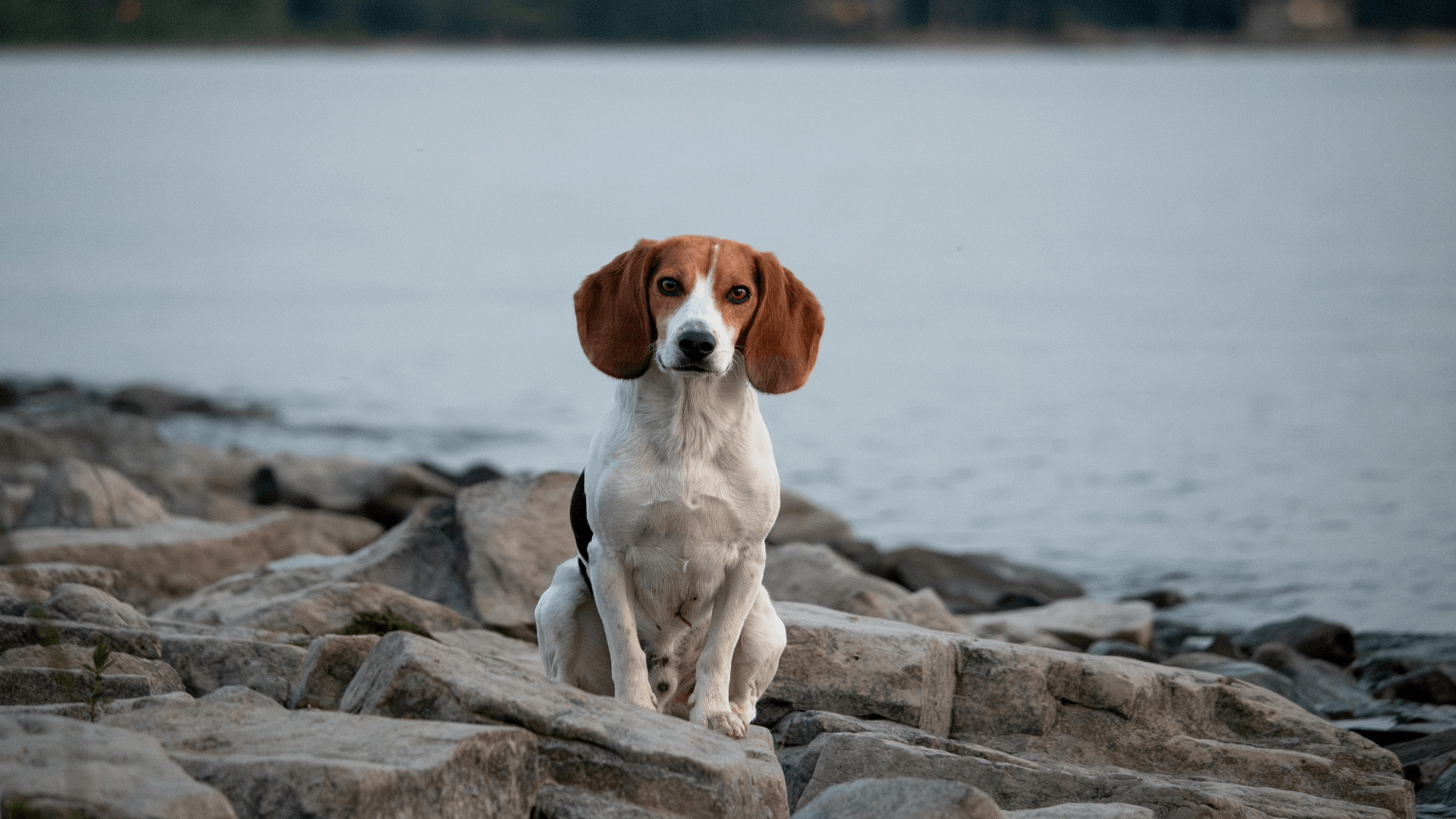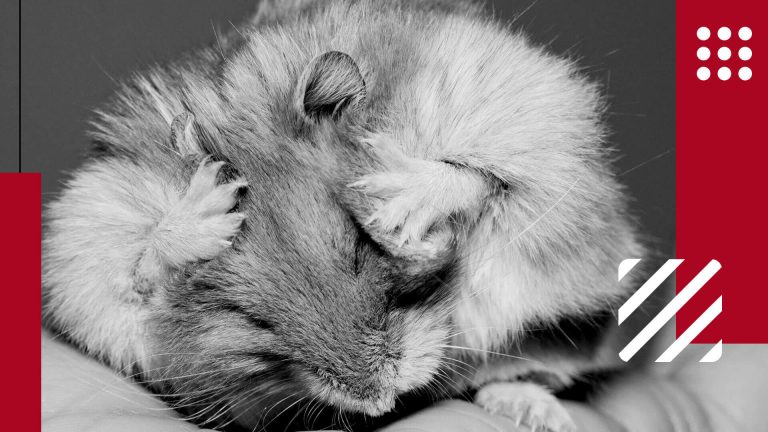The oldest domestic Angora Rabbit is raised for the lengthy fibers on its coat. Angora wool is collected through shearing, combing, and plucking. The rabbit's wool is not allergy-causing and is a good alternative. The beginning of Angora was made in Ankara earlier known as Angora in Turkey. In 1723 it came to France. It reached Europe by the end of the 18th century it reached Europe. It has been popular right from the time it came to the United States.
This cute rabbit's wool is valued for its silkiness and warmth. These rabbits are not for everyone. It is so because it needs a bigger time backing compared to a short-haired pet rabbit. Angora rabbits will create more wool per rabbit for a smaller amount of feed and care compared to any other fiber-type animal.
The Distinctive Features of Angora Rabbit
The normal lifespan of the Angora Rabbit is 7-12 years. The color of the Angora Rabbits can be Black, blue, chestnut, chocolate, copper, chinchilla, lilac, fawn, opal, lynx, white, and seal, red, blue-eyed, ruby-eyed, and white. The Angora variety is very gratifying submissive and calm by nature.

The five well-known Angora Rabbit breeds are:
- English Angora Rabbit: when mature it weighs 5-7 Ibs. It is the smallest Angora breed.
- French Angora Rabbit: it weighs 7-10 Ibs. The size is large. Guard hairs cover most of the coat rather than the undercoat. It is very popular among hand-spinners. These rabbits produce one pound of wool every year. It can be compared to English Angora and Giant Angora.
- German Angora Rabbit: it is a major fiber producer. The weight varies from 7-12 pounds. The wool production is around 3-4 pounds every year. There is a similarity between German Angora and English Angoras.
- Giant Angora Rabbit: it is the largest of the Angora breeds and weighs 9-10 pounds. These are the highest-fiber producers among the group. They produce 1-2 pounds of wool every year. It is of German descent but different. Shedding is almost nil so the wool is harvested by hand shearing.
- Satin Angora Rabbit: this medium variety is a breed created through crossing a French Angora and a Satin Angora. It produces 7-10 pounds of wool. The wool quality is dense and spins well.
Some other known breeds of Angora Rabbits are:
- Chinese Angora
- Finnish Angora
- Japanese Angora
- Korean Angora
- Russian Angora
- Swiss Angora
- Dutch Angora
The gestation period for the rabbit is 30 days. The female can reproduce in short order as soon as one month later. The male rabbits are aggressive towards one another which may lead to killing their babies or young rabbits in the cage.
When small babies are born their eyes are closed. There is no fur on them. Within a few weeks, they open their eyes there is fur growth. They crawl from the nestling box to see the world. Many owners then put the baby bunnies in the cage. The top is left open so that the mother could get in and nurse. Mother nurses the bunnies once or twice a day. This is enough for the babies.
Among the rabbits, some breeds pass through the shedding cycle and it is known as molting. This happens a few times every year. Grooming can be done through a comb. Some owners keep rabbits for their fur and harvest the wool for spinning.
How to Take Care of Pet Angora Rabbit?
If you want to keep Angora Rabbit as a pet then you must know how to set up their habitat and what to feed them.

How to Set Up Habitat For Pet Angora Rabbit?
Those people who keep these rabbits as pets accommodate them outdoors, inside the garage, in the basement, or in the house.
- In the open- Place the cages a little above the ground. Get sturdy cages which can resist predators attack. Moreover, it should extend protection from weather conditions like snow, rain, heat, etc.
- Indoors- You can buy a cage with a wire mesh floor with a plastic drop pan that moves smoothly underneath the cage. Spread out the pan with a disposable cage liner. So all you will need is to roll it up and dispose of it.
Summer is difficult for rabbits that's why the use of frozen water bottles and fans is necessary to keep cool. Angora rabbits are very active at dawn and dusk. The rabbits have a sharp sense of hearing and smell. They immediately react to danger. These rabbits can put the individual ear in motion when they want to hear danger.
Young rabbits can be accommodated in the cage. Two rabbit sisters in the same cage can be territorial. Two male rabbits will fight among themselves.
What to Feed Pet Angora Rabbit?
As regards, feed Angoras require extra protein which takes care of their regular wool production. Buy commercial rabbit pellets with 18% protein from a pet store. Babies up to 4-6 months can be served any time with pellets. Once the rabbit is 6 months old it is an adult and food intake has to be cut back.
Hay is given to rabbits for roughage. The rabbits while grooming themselves swallow a lot of furs. Hay keeps away wool block symptoms. It can be given two times a day. Buy a sturdy hay feeder for this. Provide fresh water daily. Keep one day in a week for variety in food like giving broccoli, bananas, papaya, etc. They enjoy lettuce. The digestive system stays healthy this way and the wool block will not happen. This supplement diet should begin from 4-6 months. Add it slowly because the rabbit baby's system is delicate.
What it's Like to Keep Angora Rabbit as a Pet?
Angora rabbits are considered to be a rare breed and are also one of the most popular rabbits for people who love pets and animals. Angora rabbits have a great personality and they are loved by both kids and adults. They do not make any noises and they are very quiet creatures. They are also very clean animals. Angora rabbits are very different from other rabbits as pets. As a pet owner, you must know how to take care of an angora rabbit.
Brushing once or twice a week is done to keep the hair free from tangles and mats. If a blower is used to expose the coat and keep as much hair as possible on the rabbit. Consistent grooming keeps the coat matt and tangles free. The rabbit surrenders to the grooming peacefully. However, the rabbit will show resistance if you attempt to groom its belly, feet, and face. You will have difficulty keeping it still when you trim nails. Cradle the creature so it does not injure itself when trying to escape. The legs of the rabbit are strong and it may kick and hurt you. Be cautious to supervise that the rabbit does not break its back if handled incorrectly.
Among the grooming tools:
- Small and large pet brush with wire-bristles
- Small-tooth comb for matts
- A pair of scissors
- Nail trimmers
Brushing can be challenging because of the texture and density of the fur. You will need to dedicate 20-30 minutes every week per rabbit for grooming. Begin grooming schedules with young rabbits. The rabbit will get habitual as it grows up. You will find loose fur on all things in the room for those rabbits that live indoors.
On average, the rabbit can produce 500 poop pellets in a day. The angora rabbits are very clean creatures. They keep the place they live in clean. They also learn to use the litter box. At no time bathe Angora rabbits.
Cleaning can be done every alternate day. Cleaning is mandatory because ammonia in the urine will create a smell in the house.
What are the Health Concerns of Pet Angora Rabbit?
The health issues one needs to be careful in Angora rabbit are:
- Wool block: These rabbits are covered with lengthy and plenty of hair. When rabbits groom themselves they ingest the hair leading to dangerous blocking of the digestive tract. It can even lead to death. As a pet owner clipping and plucking wool after 90-120 days are a must for a wool block.
- Wool mites: A type of skin parasite mostly found in Angora rabbits is called Cheyletiella Parasitovorax. The signs are flaky skin patches and fur loss. The fiber yield goes down leading to bad fiber quality.
Things to Know Before Having a Pet Angora Rabbit
Angora rabbit is not congenial for first-time animal owners and children under 12 years of age. The owners devote a lot of time looking after the pet and may get the notion that the animal is dependent on humans. This concept is wrong because they are not human pleasers like the dog.
They are fond of your presence, they relish the food you give them, they like the space you provide. However, they will come to you when they feel like it. You cannot force the rabbit to do what you want. As pets, they are quiet and calm and this feeling transcends to you when you sit with them.
When this rabbit is satisfied it purrs like a cat. This happens because they click their teeth together. Hold your pet daily so it gets used to humans. The rabbit should be able to trust you and get accustomed to the smell. Once this happens they get friendly.
These rabbits comparatively are less costly to feed, simple and fast to breed for wool production. The land needed to accommodate is less than other livestock.
What People Are Reading:
Frequently Asked Questions About Angora Rabbit
Some of the commonly asked questions about angora rabbit are answered below:
Is Angora Rabbit's Hair Itchy?
Sweaters made through thick-knit are itchy.
Who Buys Angora Rabbit Fur?
In case you are a hand spinner yourself, you do not need to search for Angora rabbit. Luckily with enhanced interest in hand spinning the fur is in great demand.
Where to Buy Angora Rabbit?
In case you are on the lookout for an Angora rabbit contemplate adopting a rabbit in need from a center.
Can You Wash an Angora Rabbit?
Refrain from bathing the rabbit. It is a stressful experience for the rabbit. Groom them periodically.










